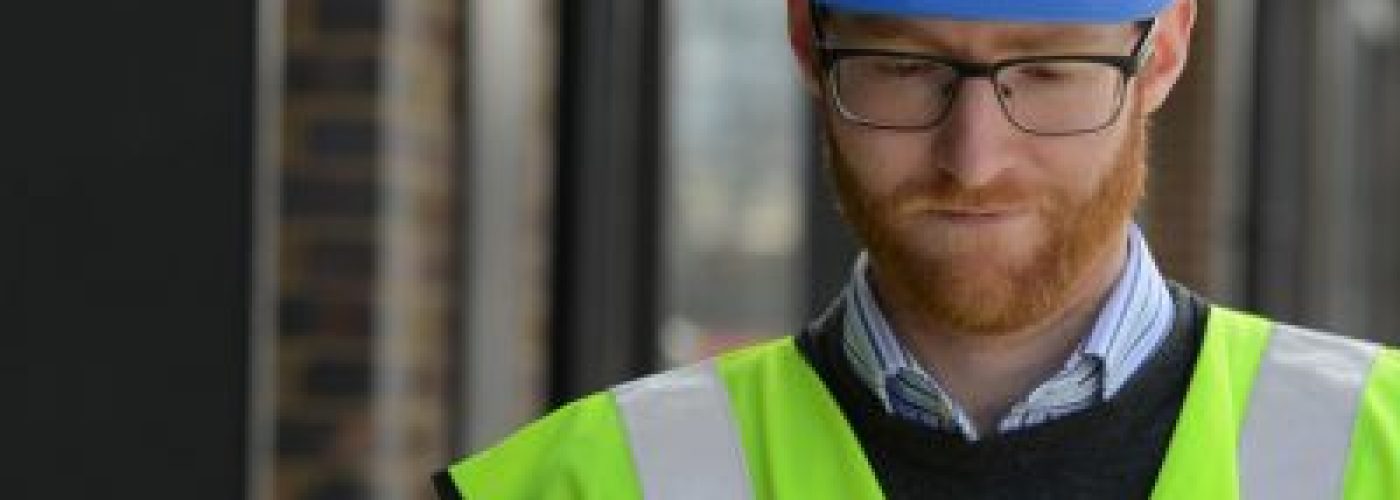A Mature Approach to Health and Safety
(The Following is a Promoted Article)
Good health and safety practice starts at the very beginning. Long before a project hits the construction site, risks must be limited and potential hazards documented and flagged. Hoare Lea, which enjoys an international presence providing expert mechanical, electrical and public health engineering design, acknowledges that its role prior to a project breaking ground is vital in the management of risk. That’s why a significant proportion of its work is to design-out risk in accordance with CDM regulations to aid the health, safety and welfare of staff when construction begins.
Hoare Lea’s successful national and international growth is testament to its ability to provide solutions that not only meet the exacting standards of its clients’ needs but enables projects to be delivered safely. It’s part of the firm’s rewarding combination of knowledge, experience and attention to detail that continues to distinguish it amongst its peers. This is highlighted by a long-established holistic approach to quality, health, safety and environmental management which remains compliant with ISO 9001, ISO 14001 and BS OHSAS 14001.
It’s evidence of a very mature system, says Head of Compliance Gwyn Davies, who oversees the firm’s ongoing management of health and safety internally. While Hoare Lea ensures its staff have a safe working environment in which to operate within its offices, much of the business’s risks derive from its work outside of these carefully controlled workspaces. This includes travel between offices and client bases and, of course, site visits where staff may be located during active construction works.
It is this aspect of Hoare Lea’s work that demands the most attention. “We have to focus on our staff when they go to site because the environment in which they inhabit outside our offices is out of our control. We support this focus through our Site Visit Risk Assessment, which takes into account site-specific hazards in order to mitigate risk,” explains Gwyn.
“It’s about making sure we discharge our obligations under the Health and Safety at Work Act in order to provide our staff with a safe environment in which to work and that includes work in our office, travel between offices and out on site.”
While the firm doesn’t provide a supervisory role onsite, engineers may be tasked to monitor or inspect an installation to check the development is being carried out in accordance with the design and specification produced by Hoare Lea. At these times, it is critical to have completed a site-specific risk assessment.
The value placed upon health and safety within the organisation is obvious. Certification to BS OHSAS 18001 is a clear status of intent as well as an indication of the compliance levels achieved by the business. Accreditation to CHAS, a prerequisite when tendering for many projects these days, is another example.
Hoare Lea also recognises health and safety at the very top of its management structure with representation at executive level, while a culture of communication, led by regional representation provides a voice for the grassroots level.
“We will soon have 12 offices throughout the UK and each has a health and safety representative,” explains Gwyn. “We meet every quarter to review the effectiveness of our policies, share ideas, air concerns and ultimately seek ways to enhance our management system. These meetings also give us a chance to prepare for external audits as part of our commitment to BS OHSAS 18001, for example, and apply any changes where needed.”
Regular review is key to remaining proactive and supporting an approach bred on continuous improvement. This is complemented by ongoing training. “Just yesterday I was at our London office delivering awareness training on the CDM regulations,” adds Gwyn. A Chartered Engineer, he himself has now acquired the NEBOSH National General Certificate in Occupational Health and Safety. Meanwhile, the regional representatives overseeing health and safety all complete a RoSPA two-day training course.
The challenge of compliance has been compounded by the company’s increasing work overseas. Hoare Lea now boasts offices in the Middle East and India with its presence continuing to increase on the international stage. To mitigate risk, the business’s Integrated Management Group has worked collaboratively with Human Resources to develop systems that safeguard the welfare of staff when working abroad.
There are also legislative challenges in remaining compliant in each of the jurisdictions in which Hoare Lea operates. It is more difficult to navigate the intricacies of the legal systems employed in Abu Dhabi and Qatar, where the firm has bases, as compared to the common law system operated in India (where the business is based in Pune), which has more in common with our own jurisdiction here in the UK. Thankfully, says Gwyn, “our robust system means that if we apply those principles internationally we will remain compliant with local laws.”
Ultimately, health and safety is embedded throughout Hoare Lea – from senior executive level to grassroots. Training is ongoing and co-ordinated through the firm’s equally mature Professional Development and Human Resource Groups. The business has also ensured workforce welfare is ingrained within its professional development scheme where young engineers are nurtured towards Chartered status. With a sizeable budget allocated to continuous improvement, it is obvious that no short cuts will ever be taken. After all, Hoare Lea has understood for a significant amount of time the value of health and safety to a successful, sustainable and profitable business.
Tel: 020 3668 7100 (London)





